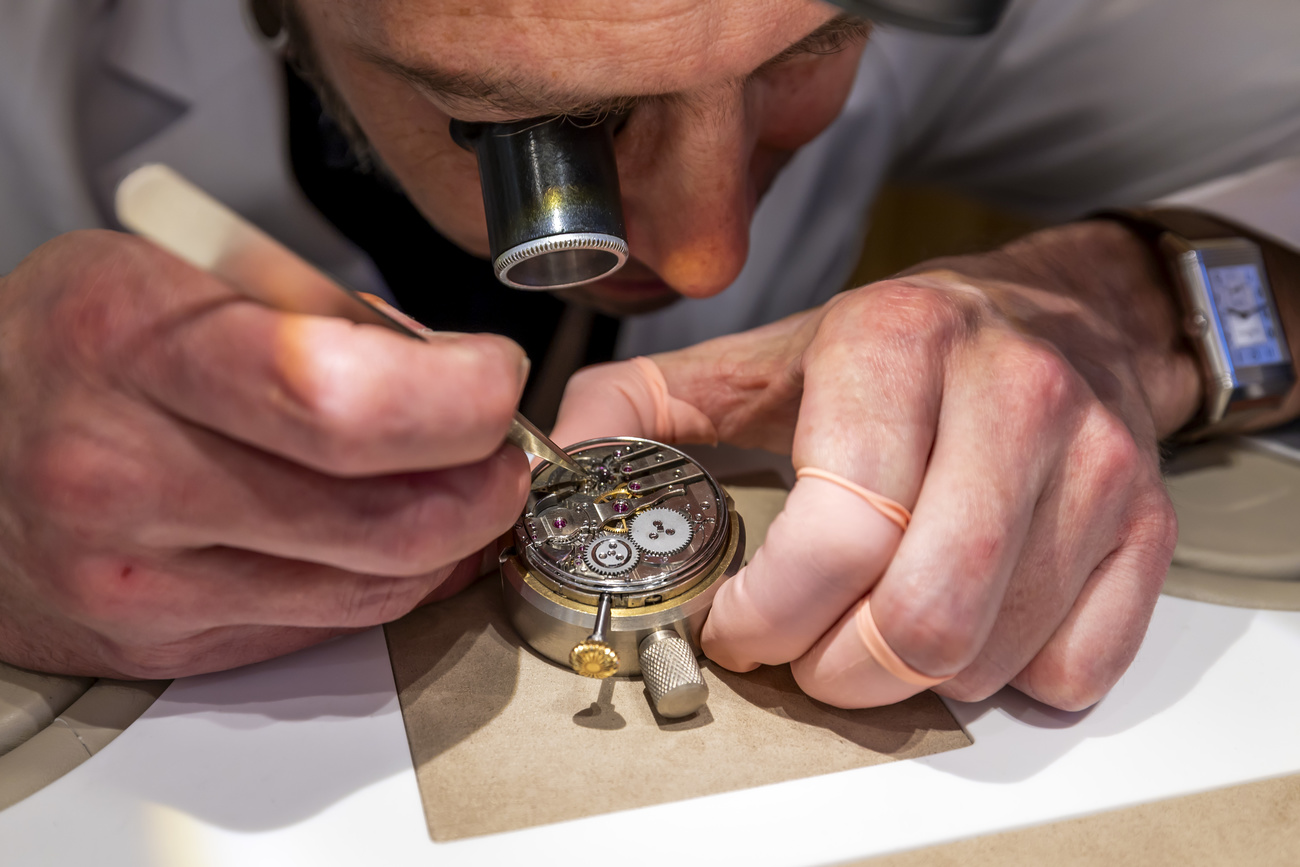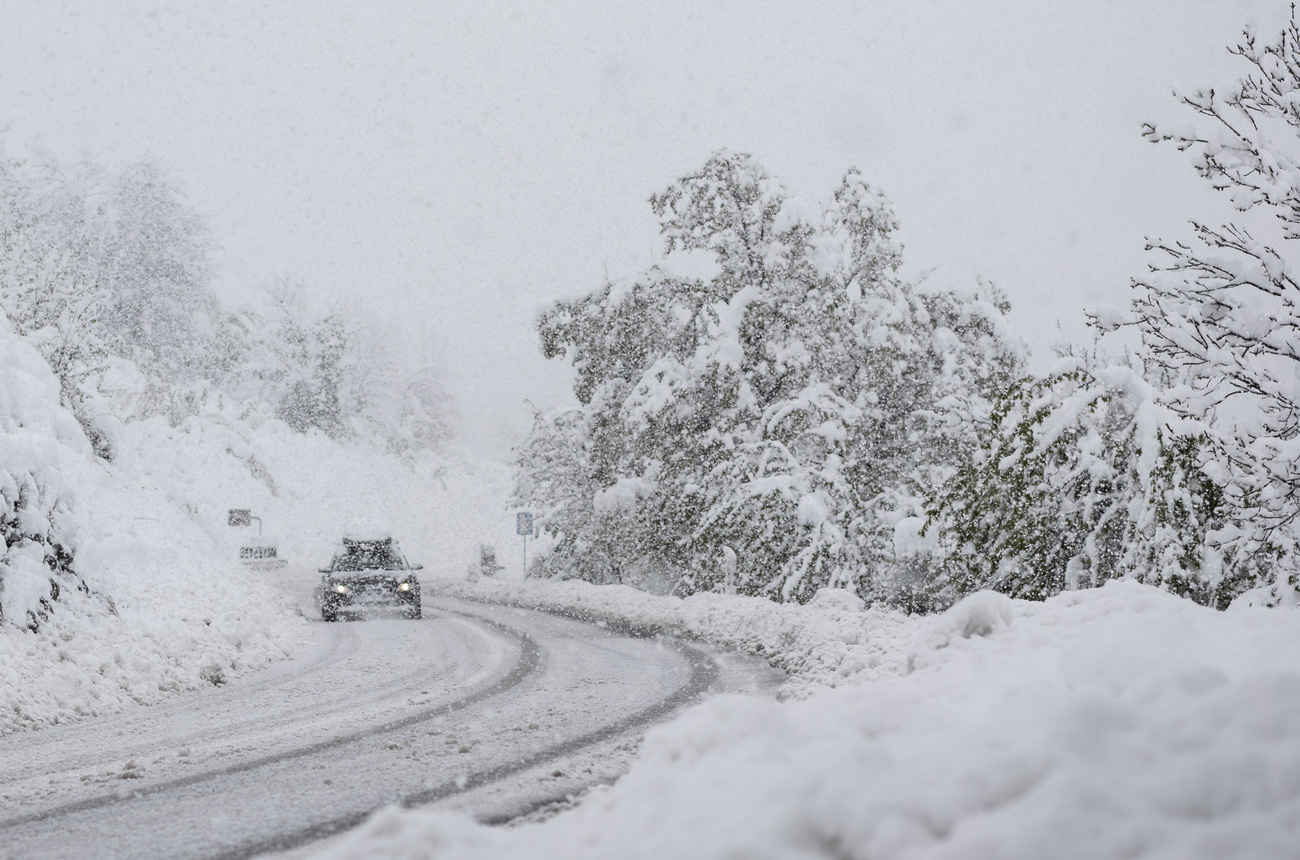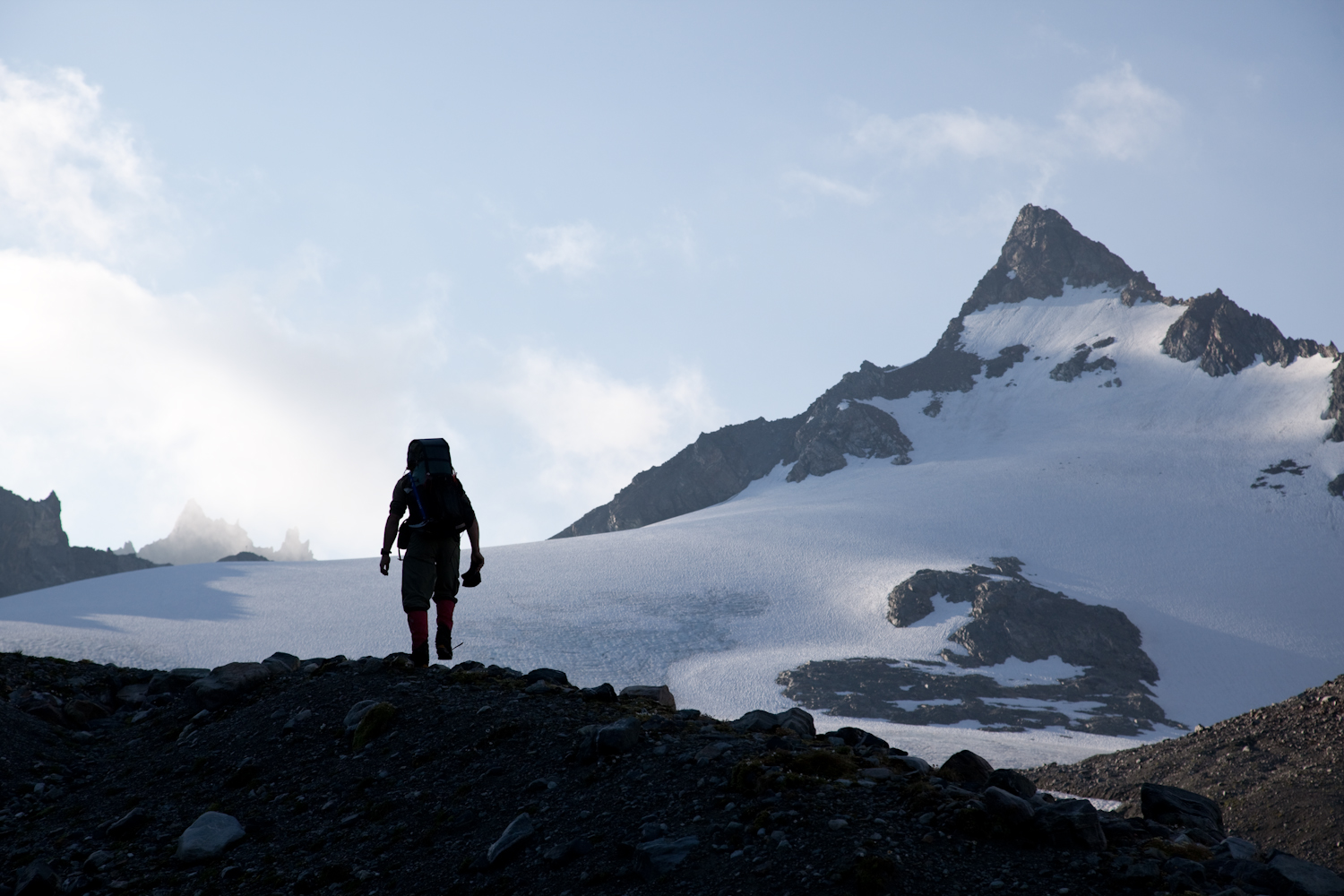Long hard climb to a room with a view

“It was a long haul, but eventually we made it to the Rifugio Regina Margherita, the highest hut in the Alps.”
American writer and climber John Harlin III reports on the latest challenging stage of his Swiss border journey on day 92 – Monday – of his attempt to circle the country by walking, climbing, cycling and paddling.
“Perched in the most unimaginably spectacular location, it is not far from the summit of the second highest peak in the Alps, the Dufourspitze, 4,634 metres, which is part of the massive Monte Rosa complex.
The hut is Italian, and is probably on that side of the border by a metre or two. It’s perched exactly on a 4,554m sub summit, and the border runs through it.
From the balconies on the Italian side you look down a couple of thousand vertical metres, more or less, and across the infinity of the Po plains.
On the Swiss side you look toward a vast number of peaks, the most spectacular of which is the Matterhorn. Its wedge shape is unmistakable even though it is actually below us in altitude.
Icefall
Getting here required some of the most entertaining mountain travel there is: navigating a maze of crevasses through an icefall.
Where a glacier rolls over a steep bulge, it splits into crevasses, and the steeper the bulge generally the more the crevasses. They tend to link up, yielding numerous dead ends and/or interesting passages with snow or ice bridges and sometimes involve climbing down one side and up the other.
We had a rope on for most of it, but only had to belay the trickiest passages, and only once resorted to placing ice screws for protection. This wasn’t the normal route, as we’d decided to shortcut the climb by not dropping all the way down to the Monte Rosa hut, much though I’d have loved to have seen it.
The summit traverse was also more challenging than expected, with quite a bit of rock climbing in crampons. After that came knife-edge arêtes of snow with a good track from previous parties.
Royal lodgings
At the hut I spoke to the guardian of nine years. Michele Cucchi, better known as Longhez, told me that the original hut was built in 1893, and the queen herself hiked up here for the inauguration. That’s Margherita of Savoy who was queen consort of the Kingdom of Italy during her husband’s 22-year reign at the end of the nineteenth century.
Thanks to her visit and financial backing, the hut bears the queen’s name: Regina Margherita. The current building is the third hut, built in 1982. From 1985 to 2000 the hut was a major research facility for doctors studying the effects of altitude. Today they would have had a test case, as a woman from the Czech Republic fell victim. She was helicoptered off just as night fell.
John Bird has suffered from what I call “third day fatigue” because I suffered the most on my third day and so did my friend Richard Forsyth on the Austrian border. We’re both hoping he’s much recovered after a night’s sleep.
John Harlin III was born in 1956 and grew up in Germany and Leysin, Switzerland. After his father, John Harlin II, died in 1966 attempting to be the first to climb the direct route up the north face of the Eiger, his family returned to the United States to live.
He finally climbed the Eiger north face himself in 2005, a feat that was the focus of the popular IMAX film “The Alps”. John is the editor of the “American Alpine Journal” (published by the American Alpine Club since 1929) and a contributing editor to “Backpacker” magazine.
John Harlin began his attempt to follow the entire Swiss border in June 2010. But barely a week in, he broke both of his feet in a mountaineering accident.
Once the bones had healed Harlin resumed his adventures. Last autumn he paddled the Rhine, cycled around Schaffhausen, biked the crest of the Jura and kayaked across Lake Geneva.
This summer he is travelling clockwise from eastern Switzerland to end near the site of his accident, the Mont Dolent, where the borders of Italy, France and Switzerland come together.

In compliance with the JTI standards
More: SWI swissinfo.ch certified by the Journalism Trust Initiative













You can find an overview of ongoing debates with our journalists here . Please join us!
If you want to start a conversation about a topic raised in this article or want to report factual errors, email us at english@swissinfo.ch.